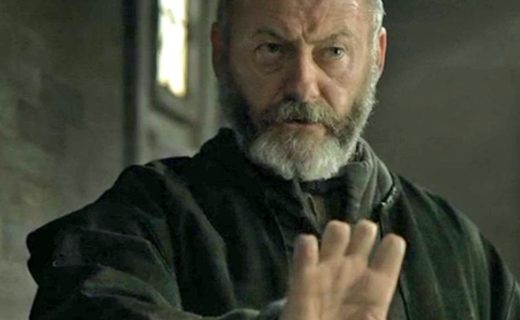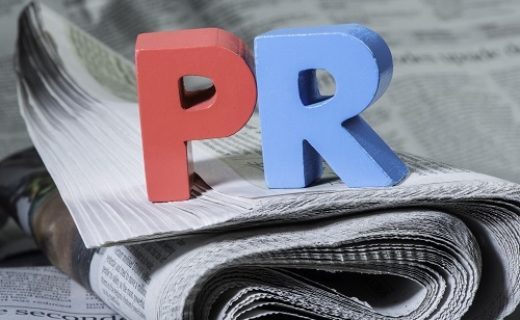Nostalgia is a powerful mechanism for promoting your business, product, or service; most people look at days gone past with a favorable view.
Here are a handful of reasons why nostalgia can be an effective tool for communicating with your consumers.
1. Being a kid again
As children, we looked at the world with wonder and the possibility of what we could someday grow up to be. Many of us would like to return to that simpler time of Underoos, super heroes, and imagination. This is one of the ways that nostalgia is effective, it reminds us to look at the world through a child’s eyes.
A brilliant commercial that demonstrated this was the little boy dressed as Darth Vader; he used “the force” to start his dad’s Volkswagen. This commercial visualized a wish of most children born between 1970 and 1990—the ability to use the force. Showing an unexpected way to use the autostart function of the Jetta made all of us feel like kids again. Cap’n Crunch cereal tapped into this trend when it offered a retro shirt bearing the image of the iconic mustachioed sea captain if you sent in four box tops. The twist was that it was “Grown-Up Sizes Only,” giving a nod to adults who wish they could go back in time when the prize in a cereal box mattered more than the cereal itself.
2. Simpler times
We also like to be reminded about simpler times, when the world seemed more natural; sports stars played for the love of the game instead of the money, and everything more or less “made sense.”
Chipotle is one such company that launched a campaign to get back to more natural foods (instead of those overly processed) with its Back to the Start video. In it, the Mexican chain shows how we have progressed from letting cows, chickens, and pigs roam free on the land to today when the animals live an existence primarily in factories. Chipotle’s message is to return back to that simpler, more natural time.
Pepsi also has jumped on this trend, advertising “throwback” Pepsi and Mountain Dew bottles and cans. In addition to displaying the older logos, the company is making the soda with real sugar instead of corn syrup.
The NFL was one of the first sports leagues to realize that fans like to see their current stars in the uniforms of the past. While the throwback uniforms might be an interesting style for the younger NFL devotee, those retro uniforms are able to stir nostalgic feelings among older fans. This is one way to bridge the modern game with the past, and to help cement the allegiances of long-time fans despite any apprehension of the modern game in which the money is more important than the team.
3. The generational inside joke
Often brands can use nostalgia as an inside joke to segment their demographic. There are certain things that tie together a generation that are not as important to people younger or older than them.
Rackspace, the company where I work, did just this with the Get Out Of The 90s campaign. In the video series, the company referenced different 90s trends including grunge music, LaserDiscs, and the Clooney haircut, and juxtaposed the changing tastes of popular culture to that of technology of hosting a website online.
Honda had an effective commercial with Matthew Broderick acting out a modern day Ferris Bueller segment in which he called in sick to avoid filming the commercial. Those who came of age with the popular 80s movie understood all the references the commercial made, while it went over the head of many younger audiences. By referencing items that were popular in the past, brands can build a rapport with their audience members who understand the inside joke.




